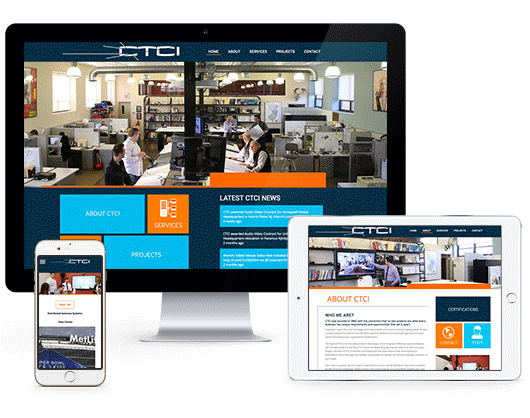Google is changing their algorithm again! If your website is not mobile-friendly by April 21, 2015, it will affect your SEO and search ranking negatively.
We use our cell phones for everything! Especially, googling new companies and services. More than 60% of google searches are performed on mobile. Google’s goal for pushing mobile websites is to alleviate the frustrating experience for mobile searchers when a website isn’t mobile-friendly.
We use our cell phones for everything! Especially, googling new companies and services. More than 60% of google searches are performed on mobile. Google’s goal for pushing mobile websites is to alleviate the frustrating experience for mobile searchers when a website isn’t mobile-friendly.

ARE YOU UNSURE IF YOUR WEBSITE IS MOBILE-FRIENDLY? CLICK HERE TO TAKE THE TEST!
A Few Common Problems with Non-Mobile Friendly Sites Include:
1. Constant zooming in and out to get information
To be honest, this is one of the most annoying things about viewing non-mobile websites on a mobile platform. It’s almost like looking for Waldo with a magnifying glass when searching for exact content.
Your goal should be to make it as easy as possible for users/visitors to find the information they want.
2. Un-clickable or hard-to-click links and forms
When attempting to click website links or forms on a tablet, specifically an android tablet, a zoom box will pops up to view them. It usually has to be done a couple of times before it actually makes it live and clickable. On a mobile platform, you can make the live text options as a button and create forms on their own page. This saves a lot of time for the mobile user in the ADHD “I need it now!” world we live in today. This alone will help ensure users aren’t bouncing out at the first sign of struggle.
3. Improper image or video formats that won’t show
This doesn’t happen too often but there are still a lot of websites using old files, not-so-web-friendly video players and some even still have flash features. Yes Flash. All iPhone users know from experience that flash will not show on your mobile device.
Lets face it even though Google is forcing us to make our websites mobile-friendly; it really is in the best interest of a company to have a mobile-friendly website!
A Few Common Problems with Non-Mobile Friendly Sites Include:
1. Constant zooming in and out to get information
To be honest, this is one of the most annoying things about viewing non-mobile websites on a mobile platform. It’s almost like looking for Waldo with a magnifying glass when searching for exact content.
Your goal should be to make it as easy as possible for users/visitors to find the information they want.
2. Un-clickable or hard-to-click links and forms
When attempting to click website links or forms on a tablet, specifically an android tablet, a zoom box will pops up to view them. It usually has to be done a couple of times before it actually makes it live and clickable. On a mobile platform, you can make the live text options as a button and create forms on their own page. This saves a lot of time for the mobile user in the ADHD “I need it now!” world we live in today. This alone will help ensure users aren’t bouncing out at the first sign of struggle.
3. Improper image or video formats that won’t show
This doesn’t happen too often but there are still a lot of websites using old files, not-so-web-friendly video players and some even still have flash features. Yes Flash. All iPhone users know from experience that flash will not show on your mobile device.
Lets face it even though Google is forcing us to make our websites mobile-friendly; it really is in the best interest of a company to have a mobile-friendly website!

